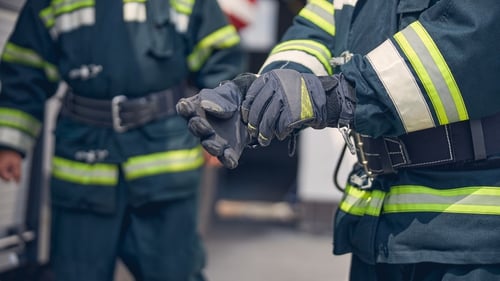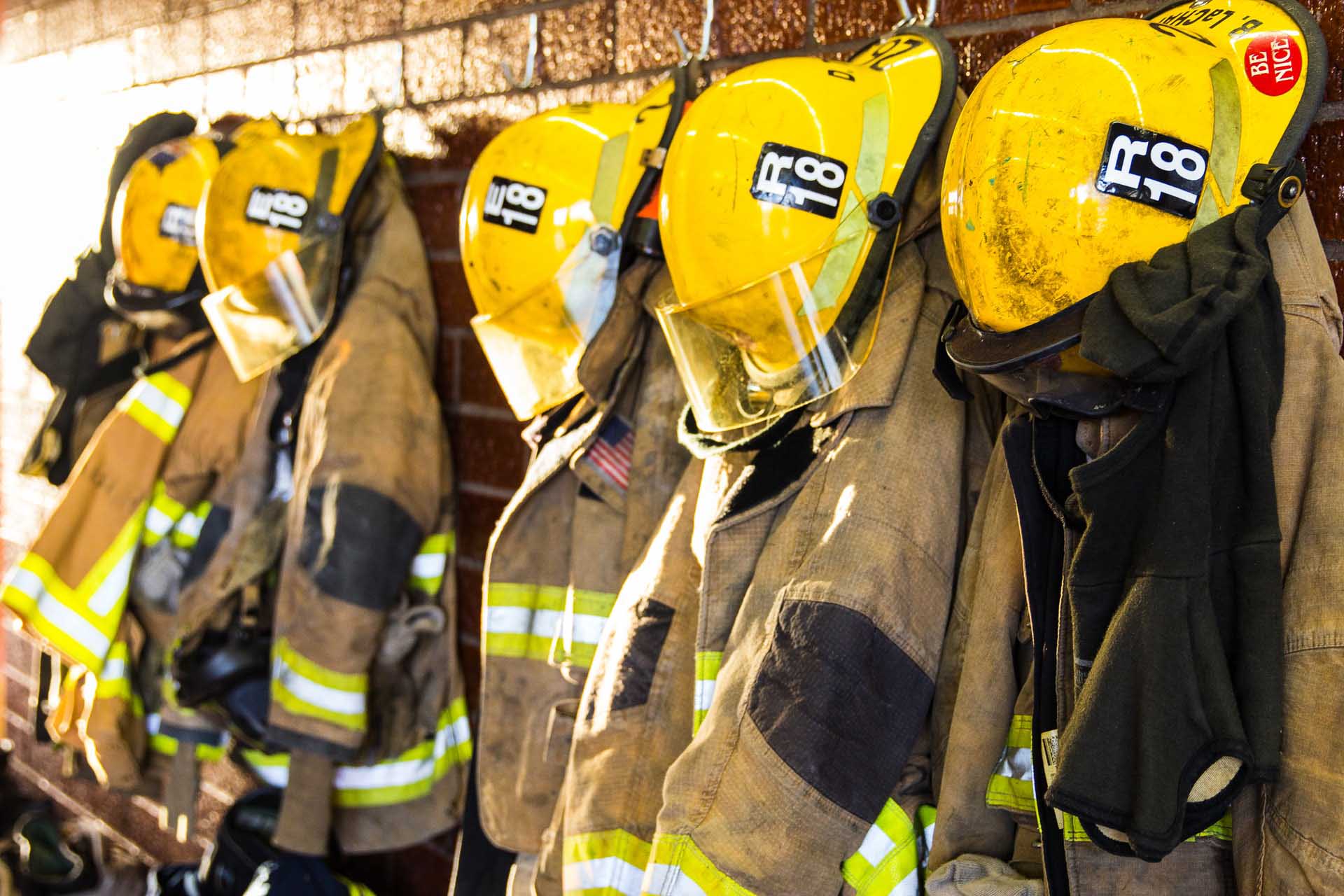
When people hear the word firefighter, they often think of a person in full gear rushing into a burning building to save someone trapped inside. Firefighters are some of the bravest people out there, but there’s more to the job than risking their lives to help others in need. In this article, we will talk about how volunteer firefighters support departments, how to get more volunteers, and how to increase retention.
Why are volunteers important?
Like many other industries, firefighting is experiencing a major shortage of available workers. Unlike most other industries, though, volunteers are an integral part of fire departments. A lot of people don’t realize that volunteers are often not the ones rushing into danger. Volunteers are usually assigned non-emergency tasks. By taking care of these tasks, they free up time for the career fire and EMS personnel to respond to emergency calls. This means that although they usually aren’t out there in full gear rushing into burning buildings to save people, they are a vital part of any firefighting team. By volunteering, members of the community can provide much-needed support to the department, making it more efficient and improving conditions for the fire team.
Where are all the volunteers?
Unfortunately, reluctance to acknowledge that labor shortages are a problem often impede volunteer recruitment. In recent years, the number of volunteer firefighters has been dwindling significantly. In some areas, staffing is lower than 75%. This is due to a combination of misconceptions about what the volunteer firefighter position entails and the relatively high skill requirements to fill the position.
How can departments increase the number of new volunteers?
Welcome a wider diversity of volunteers.
There are a few ways departments can try to increase their volunteer member pools. To start with, they could open recruitment to more non-traditional members who would be more comfortable dedicating their time to desk jobs, such as supporting the logistical side of your department. Even if they aren’t professionally trained to run into fires and assist injured victims, there are still many ways they could help out, but they may not know this is an option.
You could also consider relaxing a few of the requirements needed in order for an applicant to be accepted. For example, a lot of people get ruled out due to residency restrictions or availability constraints. By broadening the area within which volunteers can live in order to qualify or being able to work more with those who have limited time availability, you can significantly increase the application pool.
Partner with nonprofit organizations.
Departments could also consider a less conventional recruitment method: partnering with other organizations. A lot of organizations strongly encourage their members to spend a certain amount of time performing volunteer work. Churches, 4-H clubs, fraternities, and sororities are a few examples, but there are probably more in your community!
How can departments improve retention?
Even when fire departments get a decent number of volunteer recruits, it often becomes a revolving door of people coming in and then quickly decreasing the number of times they show up until they eventually have to be let go. What can fire chiefs and departments do to reduce the chances of volunteers leaving the station? To understand how to increase volunteer retention, we must first understand why they’re leaving in the first place.
Reevaluate volunteer training.
The first major problem that a lot of new volunteer firefighters face is that they don’t feel they’re receiving the right amount of training. Being a firefighter, as previously mentioned, requires a certain level of skill. Even if current volunteers meet these skill requirements, new recruits will need to be properly trained so they can keep themselves and others around them safe.
Provide strong leadership.
Additionally, a lot of volunteers will leave if they don’t feel leadership within the department is adequate. Without proper leadership, no workplace can function properly, and teams will fall apart. This is especially true for high-intensity lines of work like emergency services.
Create a desirable work environment.
Many volunteers feel their contributions to the department aren’t properly appreciated. Not only that, but they can also feel excluded by social cliques that form in the workplace. By helping ensure volunteers experience a positive work environment, you can significantly increase the chances of them staying in your department.
Dispel the myths.
A lot of people are unwilling to become volunteer firefighters because they perceive it as an extremely dangerous, high-risk, low-yield job. When dealing with staffing shortages, it’s important to disprove these misconceptions. One great way to do this is to be active on social media platforms. Social media is one of the biggest influences on the way people think about topics today. If you take to social media and display what it’s really like to be a fire department volunteer, you may generate more interest. You can also share resources from the National Volunteer Fire Council that explain more about training and the day-to-day work of volunteers and fun programs like the National Junior Firefighter Program.
Some fire departments use You Tube videos to display the daily routine of a firefighter, occasionally making ride-along videos on the way to a scene. They may also give virtual tours of the firehouse, introduce some of the firefighters, and share other behind-the-scenes footage. By sharing these short, interesting clips, they not only give viewers a taste of what it’s like to be a firefighter, but they also humanize the members of their department. This makes it easier for people to connect with and relate to their local firefighters, whether they end up volunteering or not.
These are a few ways fire departments can encourage people in their communities to see the importance of volunteer firefighters, start volunteering themselves, and continue volunteering for years to come.
To learn more about managing the public safety workforce, browse our blog or our ebook library.

